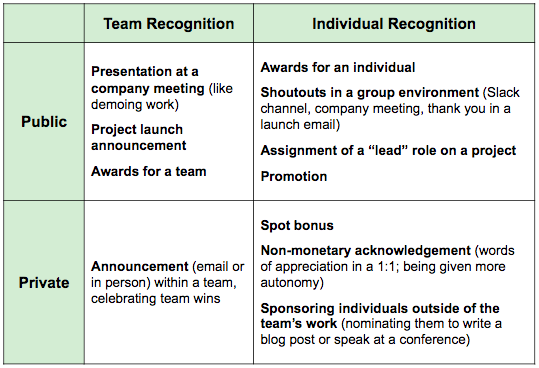Fairness and management
I’ve been thinking a ton about fairness since I came across this HBR article: “Research: When Managers Are Overworked, They Treat Employees Less Fairly”
“To be judged as fair by employees, bosses have to attend to four aspects of fairness: First, they have to ensure distributive fairness by making sure that employees are equitably rewarded for their contributions. Second, they have to follow transparent and clear procedures in arriving at those rewards. These include ensuring decisions are consistently applied across people and situations and are based on accurate information, suppressing bias in the decision process, and providing opportunities for employees to voice concerns. Third, they have to engage in informational fairness by explaining the logic behind their decisions in a timely manner. Last but not the least, they have to be interpersonally fair by treating employees with dignity and respect.”
Wowsers. The next sentence reads, “These are complex, effortful, and time-consuming activities.” No kidding! When was the last time you had the energy, the time, and the intention to assess how fair you are being to your direct reports? Or how fair your peer managers are being to theirs?
Moreover, though the studies mentioned in the article did find a connection between manager workload and fairness, they also found that the broader organization had an impact on this, too: “For those [organizations] that did reward fairness (e.g., via pay, promotions, recognition, or awards), we found that managers were less likely to de-prioritize fairness even on days with heavier workloads.”
How do you think your teammates perceive your workload, and how fair you are? How fair do you think your organization is, overall? Or, more importantly—how much does your organization reward managers being fair?
Below, I’ve shared one tool any manager can use to consider these questions and create some more fairness in their environment. I’ve also shared another tool that a manager with some influence can use to shift organizational fairness when it comes to something tremendously important: compensation. But only you can carve out the time that you need to devote to being fair, and creating fairness. It matters.
Recognition List
Take twenty minutes and draw a table like this: team and individual recognition, and public and private recognition. Then fill in all of the different ways your organization recognizes people. Monetary, non-monetary, all of it!

Where are there gaps? What’s unique to your company? How do others at your company expect to be recognized? How often do you (and other managers) lean on monetary recognition, when there are plenty of other ways to recognize people?
Then, start thinking about the four aspects of fairness that were mentioned in the HBR article. Who gets each of these different recognitions? Are there certain teams, or individuals, or types of people who tend to be celebrated or promoted? What are the organization’s systems around ensuring that recognition is doled out fairly? Are those procedures transparent and clear? When people are recognized, what kinds of language is used? How much are managers encouraged to consider their language as they recognize individuals and teams?
Compensation Calibration
 One of the ways an organization can address fairness (or the lack thereof) is to enact systems with checks and balances designed to correct, and learn from, mistakes.
One of the ways an organization can address fairness (or the lack thereof) is to enact systems with checks and balances designed to correct, and learn from, mistakes.
A major opportunity for fairness is to assess, and address, wage gaps. I guarantee you, many people at your company are wondering if they’re being paid fairly. How can you, as an individual manager, even be sure?
One system I’ve used to do this (and saw it work fairly effectively) was Jason Wong’s Compensation Calibration process. Read his blog post Bootstrapping Inclusion: Education & Effecting Behavioral Change to learn how he structures those meetings, which include all of the managers within his organization. And then check out this example template I created based on Jason’s work, so you can do the same!
 New: The Complete Demystifying Management Video Program
New: The Complete Demystifying Management Video Program